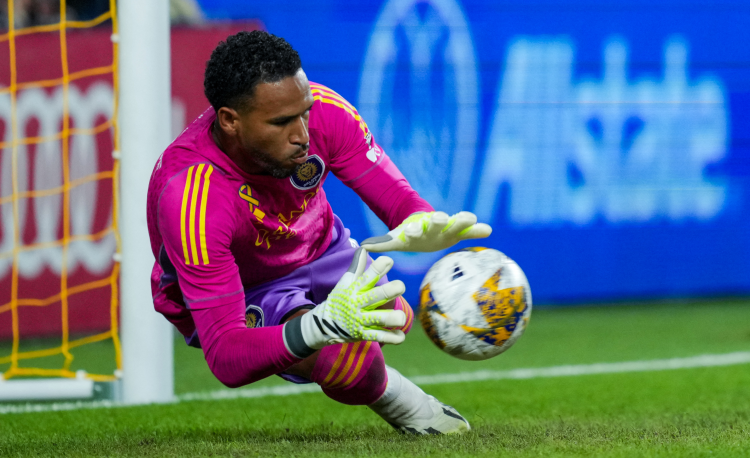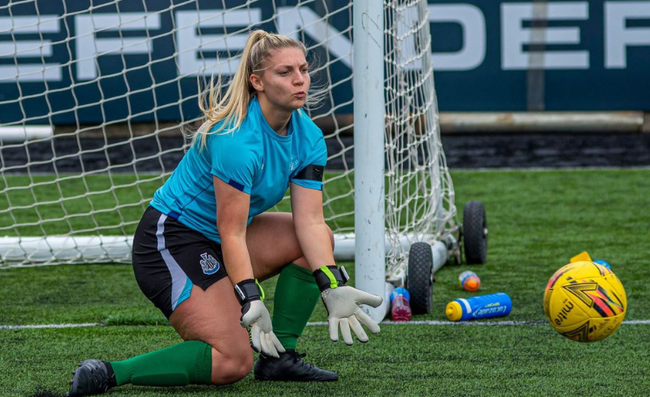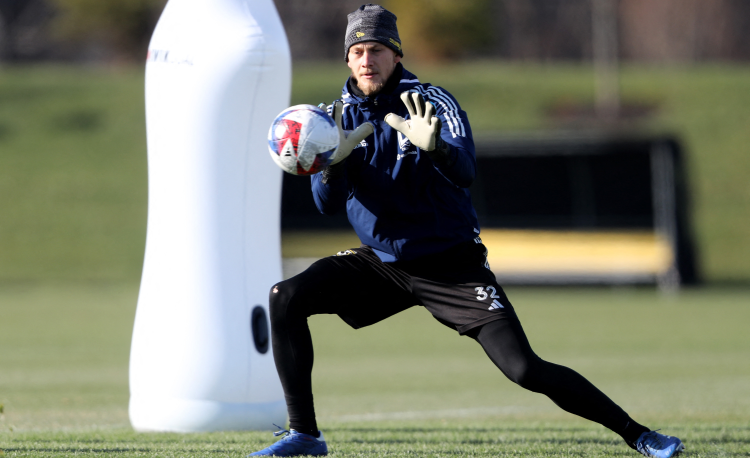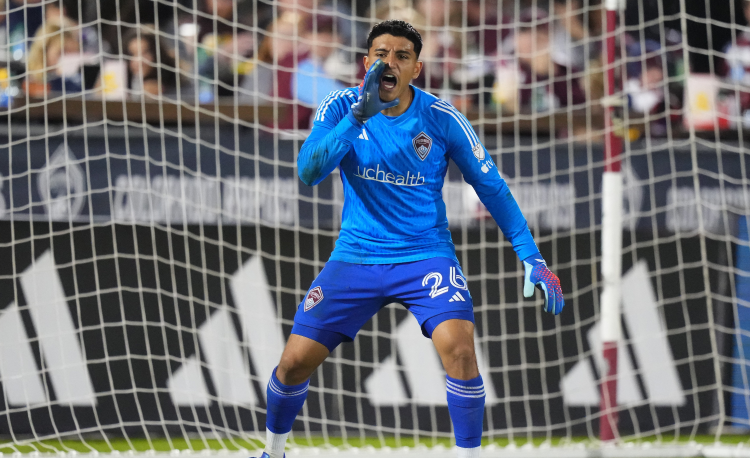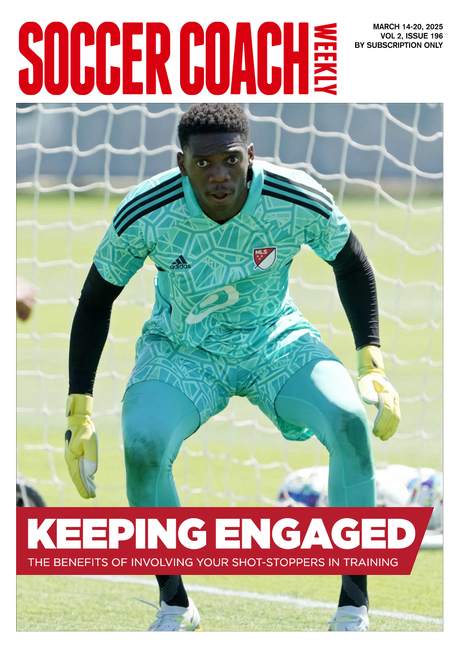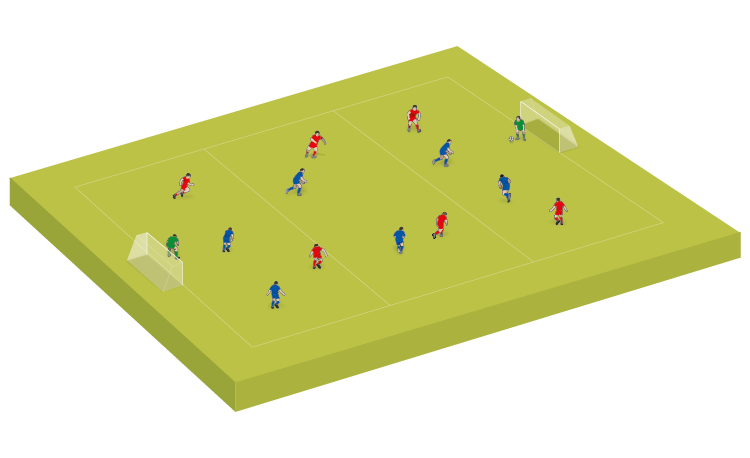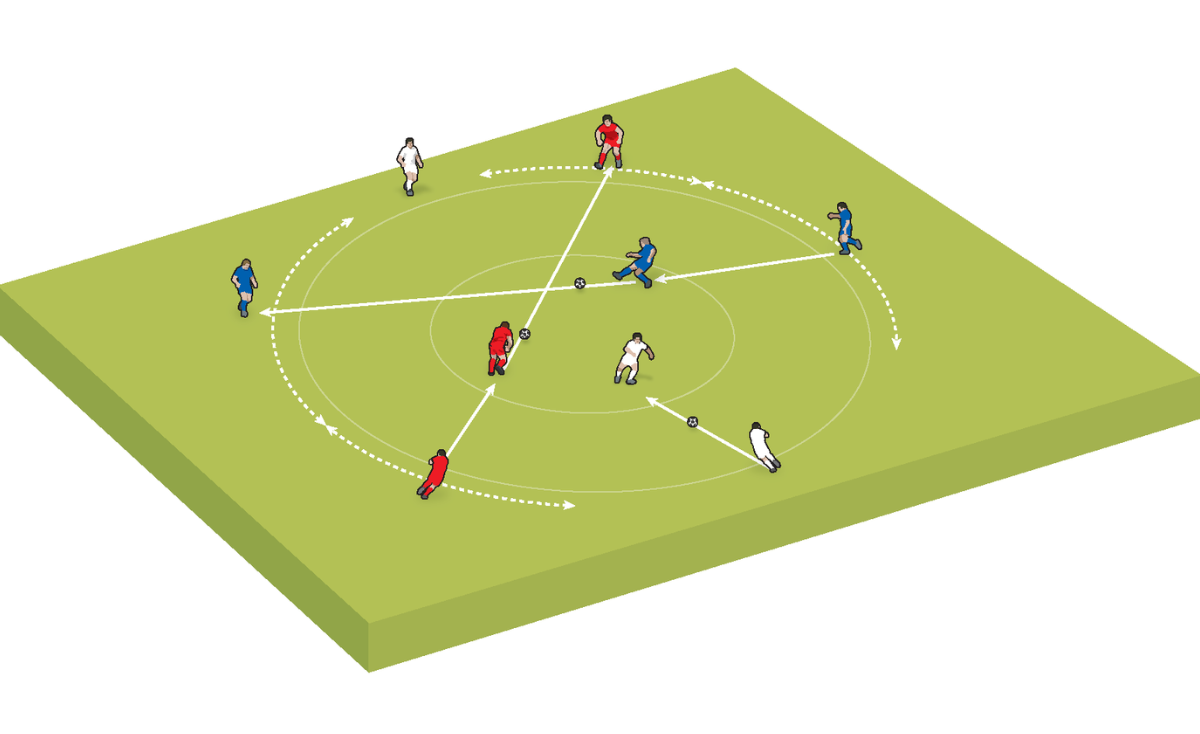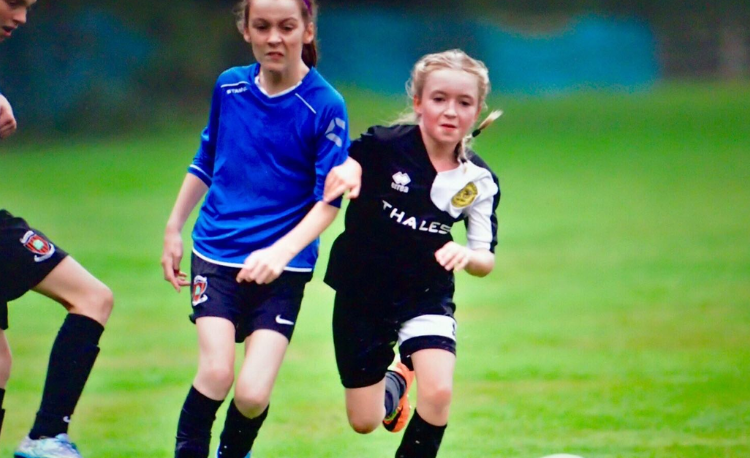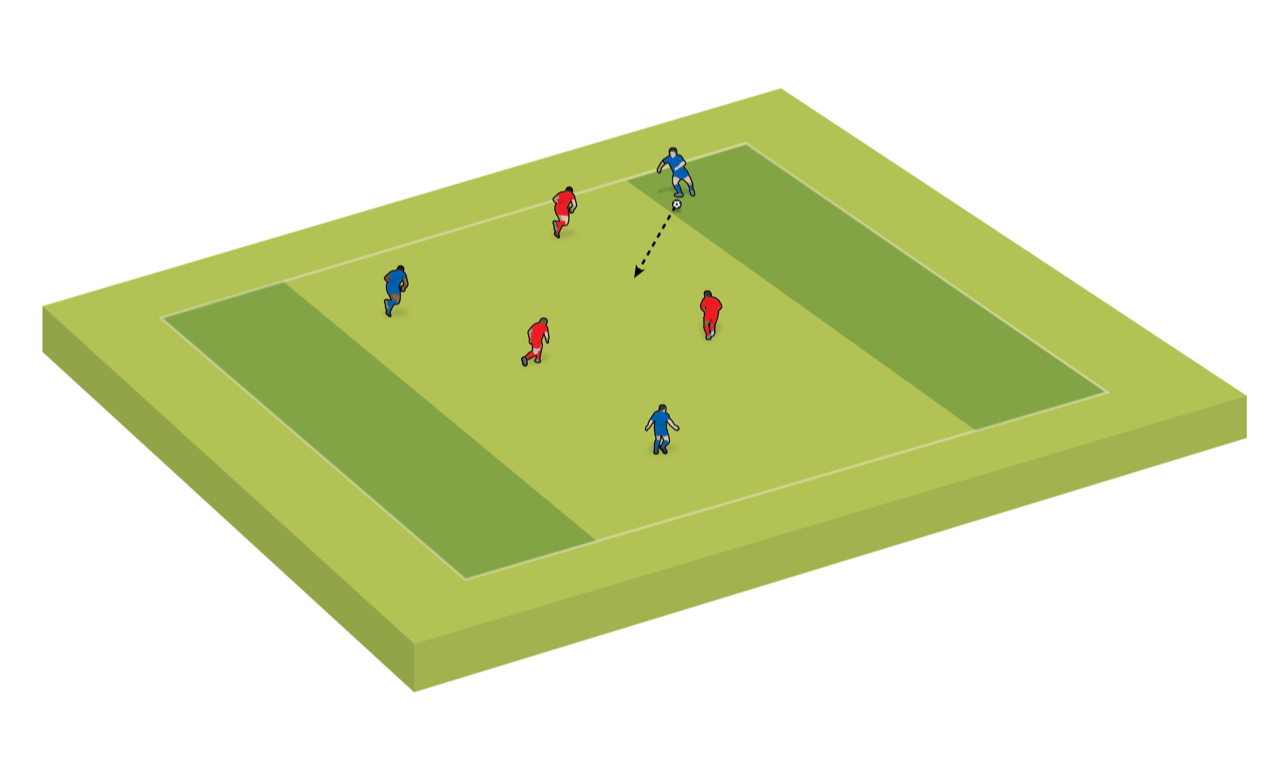A deep dive into a goalkeeper's roles
The four principles of effective shot-stopping - defending the goal and space, starting and supporting build-up play and communicating.
While this may sound obvious, it is vital to clearly understand the role of the goalkeeper before jumping ahead to training sessions or matchday preparation.
By having a clear understanding of what a ’keeper must do, specialist goalkeeping coaches can design training sessions and long-term development programmes to help maximise a shot-stopper’s development to ensure all game-relevant aspects of their performance are enhanced.
Likewise, outfield coaches will have a better understanding of how to best integrate ’keepers into team sessions to further aide their development, as well as how to incorporate goalkeepers into their game model to improve the overall performance of the team.
While the role a goalkeeper plays within a team is constantly evolving and becoming more complex as the demands placed on the position within the modern game increase, their primary role remains to keep the ball out of the goal.
It is possible to divide the goalkeeper’s duties into four distinct areas.
Out of possession, they must defend both the goal itself and the space in front of the goal. In possession, they must start and support build-up play. In both phases, they should communicate with team-mates to provide clear and relevant information.
"They must defend both the goal itself and the space in front of the goal..."
The exact actions performed by a goalkeeper will depend on a team’s style of play. A goalkeeper in a team which prioritises direct play may need a different skillset to one in a team which tries to dominate possession through short passing.
However, the four areas above remain vital to the role every goalkeeper will perform.
Out of possession - defend the goal
Keeping the ball out of the goal, fairly obviously, is the most important aspect of the goalkeeper’s primary role.
A keeper’s capacity to defend the goal is often referred to as their shot-stopping ability, a phrase which covers a wide range of goalkeeping actions.
To effectively defend the goal, goalkeepers must be capable of making saves from a variety of scenarios, including 1v1s, long-range shots, reaction saves and shots from cutbacks or crosses.
This requires a broad skillset, including...
- Physical skills: speed and power
- Technical skills: footwork, diving, handling and punching
- Psychological skills: concentration and confidence
- Tactical skills: decision-making and positioning
Ideally, a goalkeeper should be capable of making match-defining saves as well as limiting errors when dealing with less challenging shots.
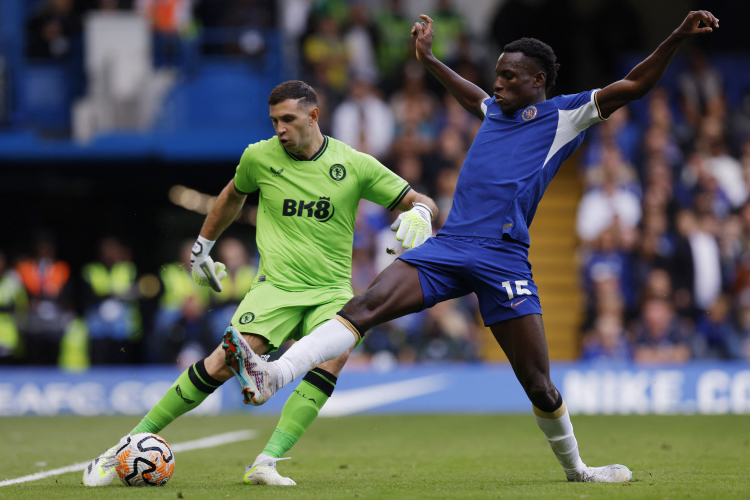
Out of possession - defend space
Defending the space in front of the goal plays a vital role in limiting the number of chances that the opposition create to score.
Defending space can be split into two distinct areas: a ’keeper’s ability to defend balls from wide areas and their ability to defend balls from central areas.
Defending space from wide areas requires a keeper to be effective in dealing with crosses, cut-backs and corners. To develop their capacity to defend space from wide areas, goalkeepers should be exposed to deliveries from a variety of distances, speeds, heights and shapes, such as driven, in-swinging or out-swinging.
From central areas, the goalkeeper is tasked with defending the space behind the defensive line. The amount of space a goalkeeper has to defend will vary based on their team’s defensive line and style of play.
Behind a higher defensive line, goalkeepers will face more scenarios where the ball travels long distances - for example, in counter attacks or balls over the top from the opposition half.
When the defensive line is set deeper, the goalkeeper will be more exposed to slid or chipped through balls over or between defenders. These balls often originate from ’zone 14’ (the central area in front of the box) or the half-spaces either side of this zone.
While physical and technical skills are important to a goalkeeper’s ability to effectively defend space, it is perhaps most influenced by their combined psychological and tactical approach to the game.
They must be able to take relevant starting positions which allow them to cover as much space as possible without giving up their ability to defend the goal.
They need to be positive in their mindset to come and affect play while also knowing when to drop off and defend the goal.
From wide areas, they must be able to quickly assess the flight of the ball and decide whether to catch, punch or deflect it.
From central areas, goalkeepers need to be able to accurately judge distances while also quickly deciding whether to attempt to retain possession or clear their lines.
In possession - start and support build-up play
In the modern game, goalkeepers are expected to contribute to a team’s build-up play in ever more advanced and sophisticated ways.
Goalkeepers who are able to help their team retain the ball and distribute accurately may be effective in both increasing the number of chances their team creates, while also limiting the chances created by the opposition.
Goalkeepers should be capable of accurately distributing the ball over long and short distances from both their hands and the ground. They should also be able to receive the ball with both feet, allowing them to play quickly and cope with pressure applied by opposition attackers.
Finally, goalkeepers need to understand their team’s tactical approach and the state of the game to make quick and accurate decisions on pass selection.
This can include when to play short, medium or long passes, which side to pass to and whether to slow play down or play quickly.
Both in and out of possession - communication with team-mates
The final role of the goalkeeper is to provide clear and precise information to team-mates.
Out of possession, this typically involves organising the players in front of them in terms of their defensive shape, pressing structure or evolving threats posed by the opposition.
In possession, goalkeepers should provide relevant information about passing options and pressure applied to the player on or about to receive the ball. This can be especially important when the goalkeeper is the player passing the ball.
Goalkeepers who are effective communicators develop a shared language with team-mates, allowing for short, clear communication which is understood by everyone.
In addition, they have a sound tactical understanding to ensure the information provided is relevant and accurate while remaining positive in their language and tone.
They will also demonstrate the confidence and resilience to continue to communicate and positively impact the team even after they have made a mistake, or when their own level of performance is below their usual standard.
This article has covered four fundamental principles which inform the role of the goalkeeper.
Either newly armed, or refreshed, with the knowledge of these principles, coaches should revisit their session design to ensure they provide the goalkeeper with opportunities to develop in all of these areas.
Related Files
Newsletter Sign Up
Coaches Testimonials

Gerald Kearney, Downtown Las Vegas Soccer Club

Paul Butler, Florida, USA

Rick Shields, Springboro, USA

Tony Green, Pierrefonds Titans, Quebec, Canada
Subscribe Today
Discover the simple way to become a more effective, more successful soccer coach
In a recent survey 89% of subscribers said Soccer Coach Weekly makes them more confident, 91% said Soccer Coach Weekly makes them a more effective coach and 93% said Soccer Coach Weekly makes them more inspired.
*includes 3 coaching manuals
Get Weekly Inspiration
All the latest techniques and approaches
Soccer Coach Weekly offers proven and easy to use soccer drills, coaching sessions, practice plans, small-sided games, warm-ups, training tips and advice.
We've been at the cutting edge of soccer coaching since we launched in 2007, creating resources for the grassroots youth coach, following best practice from around the world and insights from the professional game.
